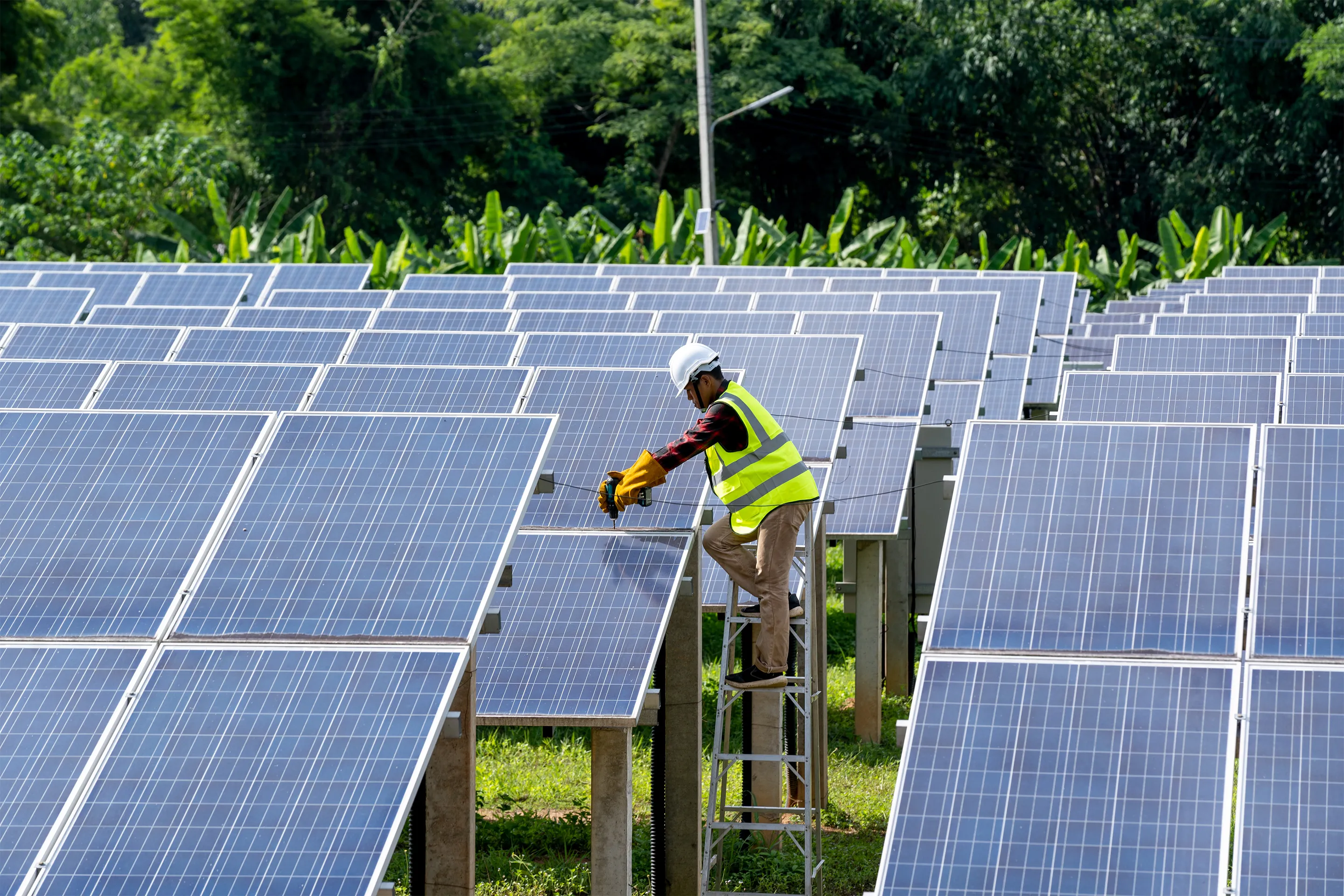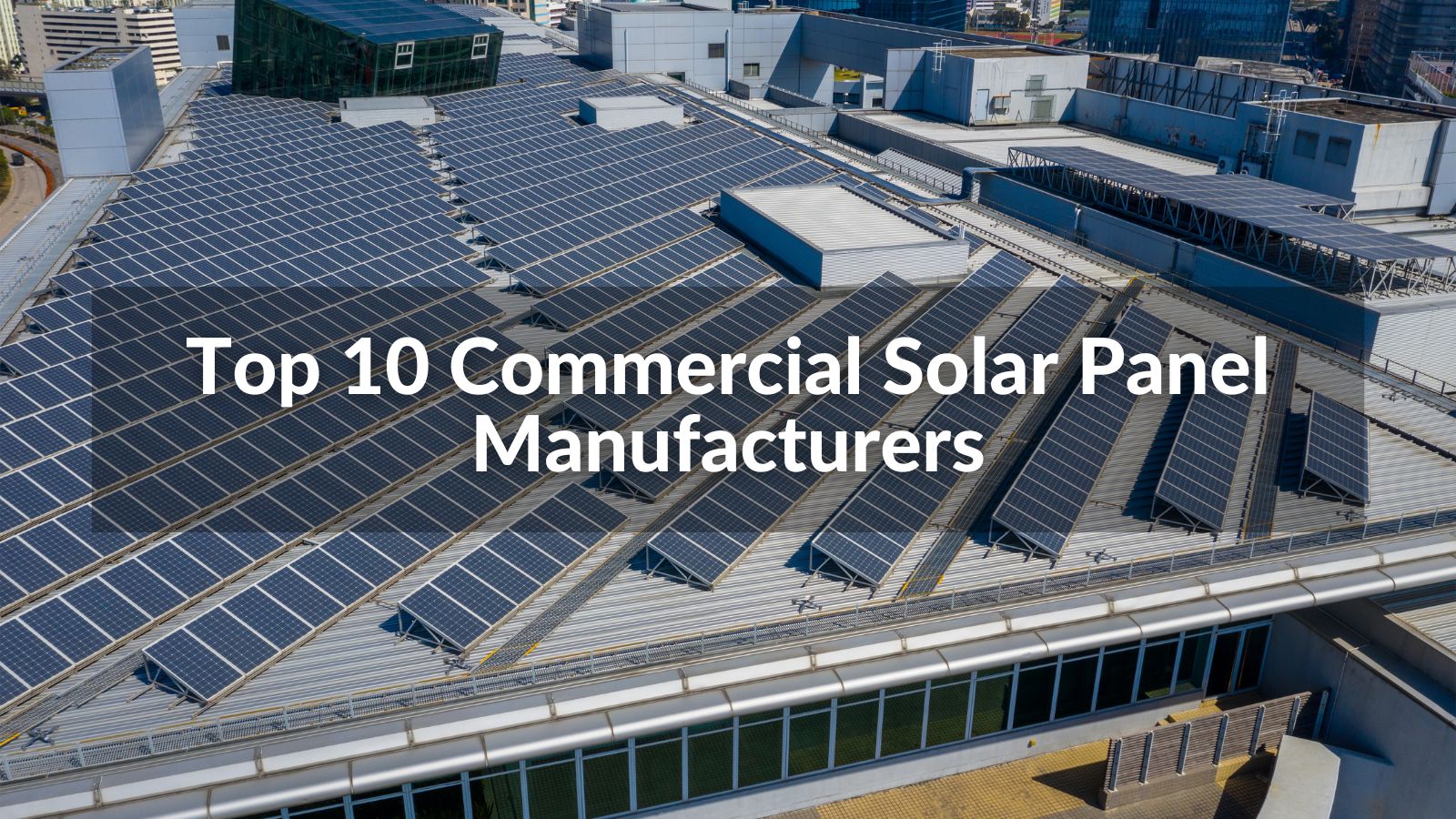The Definitive Guide to Best Solar Panel Company Virginia
The Definitive Guide to Best Solar Panel Company Virginia
Blog Article
Virginia Renewable Energy Company: Lumina Solar Concentrates On Providing Advanced Photovoltaic Solutions For Residences And Companies
History and Establishing
Have you ever questioned how a photovoltaic panel company springs from a simple spark of motivation into a powerhouse of renewable resource? It often starts with a vision-- one sustained by a mix of innovation, decision, read more and a pinch of serendipity. The journey of many solar companies mirrors the advancement of the technology itself: from bulky, ineffective panels to streamlined, high-efficiency marvels harnessing the sun's bounty.
The Early Days
In the late 20th century, when solar energy was still a specific niche concept, pioneers planted seeds for what would become a global movement. Picture a small workshop filled with curious engineers, tirelessly explore solar batteries. Their enthusiasm was palpable, often driven by a desire to fight environment change and reduce dependence on nonrenewable fuel sources.
One such anecdote has to do with a creator who, influenced by a camping journey, realized that even in remote locations, the sun might power important devices. This easy observation triggered a company's mission to equalize access to tidy energy.
Establishing Concepts

- Development: Continually pushing the boundaries of solar innovation to enhance performance and sturdiness.
- Sustainability: Dedicating to environment-friendly production and minimizing carbon footprints.
- Ease of access: Making eco-friendly energy services economical and practical for daily users.
Milestones in Growth
| Year | Key Event |
|---|---|
| 1985 | Business established in a small garage, focusing on research study and advancement. |
| 1995 | First commercial photovoltaic panel product released, acquiring regional attention. |
| 2005 | Expanded to global markets, accepting international eco-friendly energy goals. |
| 2015 | Introduced advanced solar panel innovation with boosted energy conversion. |
Isn't it remarkable how these incremental steps, frequently overlooked, shape the energy landscape today? The photovoltaic panel company story is not practically innovation; it's about a relentless quest for a brighter, cleaner future.

Developments in Photovoltaic Panel Technologies
Ever discovered how some photovoltaic panels gleam brighter and last longer? It's not magic; it's the science of photovoltaic efficiency. Modern solar panel companies invest heavily in innovations like bifacial cells, which capture sunshine from both sides, improving energy harvest without broadening roofing system area. Have you ever wondered why some panels carry out much better on cloudy days? That is because of advances in thin-film solar technology, which thrives under diffused light conditions.
Item Variations Customized to Unique Needs
One size never ever fits all. Photovoltaic panel service providers now offer:
- Monocrystalline panels for optimum efficiency and streamlined aesthetics, suitable for space-constrained roofs.
- Polycrystalline panels, which offer an affordable option without compromising too much output.
- Building-integrated photovoltaics (BIPV), combining solar tech effortlessly into architectural components like windows and facades.
Selecting the best product isn't almost upfront expense; it has to do with matching your environment, energy goals, and long-term cost savings. Homes shaded by trees require panels that excel in low-light scenarios, something many ignore until energy bills climb suddenly.
Technical Tips for Optimum Selection
- Assess the temperature coefficient-- lower values imply panels lose less performance on hot days.
- Look for panels with boosted anti-reflective finishings to make the most of light absorption.
- Consider the panel's guarantee not just for defects, but for guaranteed power output over years.
- Don't undervalue the value of the inverter innovation coupled with the panels; it can make or break your system's performance.
Beyond Panels: Emerging Patterns
Envision solar panels that adjust their angle automatically to chase the sun-- tracking systems are becoming more available, increasing yield significantly. Or solar tiles that blend invisibly into your roofline, transforming your home into a quiet, self-dependent power generator. These innovations are improving what a photovoltaic panel company offers-- not simply products, but incorporated energy solutions.
Market Presence and Global Operations
Ever question why some photovoltaic panel companies seem to grow up in every corner of the globe while others hardly make a ripple? The difference lies not simply in innovation however in mastering the art of navigating varied markets. Expanding internationally resembles planting seeds in different environments-- you need to understand each environment's special conditions to thrive.
Take, for circumstances, the complex dance of logistics and supply chain management. Delivering panels midway across the world isn't simply about distance; it's about timing, custom-mades, tariffs, and adjusting to local demand variations. A company with robust international operations prepares for these variables, guaranteeing panels show up on schedule without pumping up costs. This insight is no small feat and often separates market leaders from fans.
Key Methods for Expanding Market Existence
- Localized manufacturing: Developing production centers near target markets decreases shipping delays and import complexities.
- Strategic partnerships: Collaborating with local firms accelerates market penetration and develops trust.
- Adaptive product design: Customizing photovoltaic panel tech to weather, sun intensity, and infrastructure nuances boosts performance and approval.
What about the human aspect? Solar panel companies running globally must reconcile cultural differences and regulative nuances without forgeting their core objective. For example, what operate in a sun-drenched desert might fail in a humid seaside area. In some cases, the most innovative option is simply listening-- absorbing regional insights to improve technology and approach.
Professionals frequently encourage a phased rollout instead of a shotgun growth. Why run the risk of overextension when measured development develops sustainable momentum? Scaling sensibly indicates balancing aspiration with operational resilience - Solar Panel Company. In the race for sustainable energy dominance, perseverance can be as valuable as speed.
Environmental Effect and Sustainability Practices
When photovoltaic panels first emerged, many assumed they brought no ecological luggage. Nevertheless, the truth is more nuanced. The production of solar batteries includes rare earth metals and energy-intensive procedures, which can leave a large carbon footprint before the panels even reach rooftops. Yet, the true ecological cost depends heavily on the sustainability practices used by the photovoltaic panel company throughout the lifecycle of their items.
How typically do we pause to consider what happens to photovoltaic panels at the end of their beneficial life? Unlike batteries or electronics, solar panels can last 25-30 years, however disposal and recycling paths stay underdeveloped in numerous regions. A company committed to lowering ecological harm will have a robust strategy for recycling photovoltaic products, salvaging valuable silicon, glass, and metals to prevent garbage dump build-up.
Key Sustainability Strategies
- Making use of low-impact production techniques that minimize water and energy intake.
- Executing closed-loop systems to recycle production waste back into new panels.
- Participating in transparent supply chain audits to ensure ethical sourcing of basic materials.
- Designing panels for simpler disassembly to help future recycling efforts.
It's worth noting that some solar business have originated ingenious techniques, such as integrating biodegradable elements or using less harmful chemicals throughout fabrication. This not only reduces environmental pressure however likewise sets a precedent for the industry. The question remains: can the solar industry truly pivot towards a circular economy design without compromising efficiency or cost?
Professional Tips for Examining Sustainability
- Ask about the company's dedication to carbon-neutral production and whether they balance out emissions.
- Examine if they partner with accredited recycling facilities dedicated to photovoltaic panel waste.
- Search for transparency reports detailing environmental effects and sustainability goals.
- Think about the longevity and guarantee of panels as an indirect step of resource performance.
In the end, choosing solar energy should mean more than simply slashing electricity costs; it's about supporting a future where energy is harvested properly and waste is thoughtfully managed. Photovoltaic panel companies that embrace this approach not only illuminate homes but likewise cast a brighter light on sustainable development.
Report this page